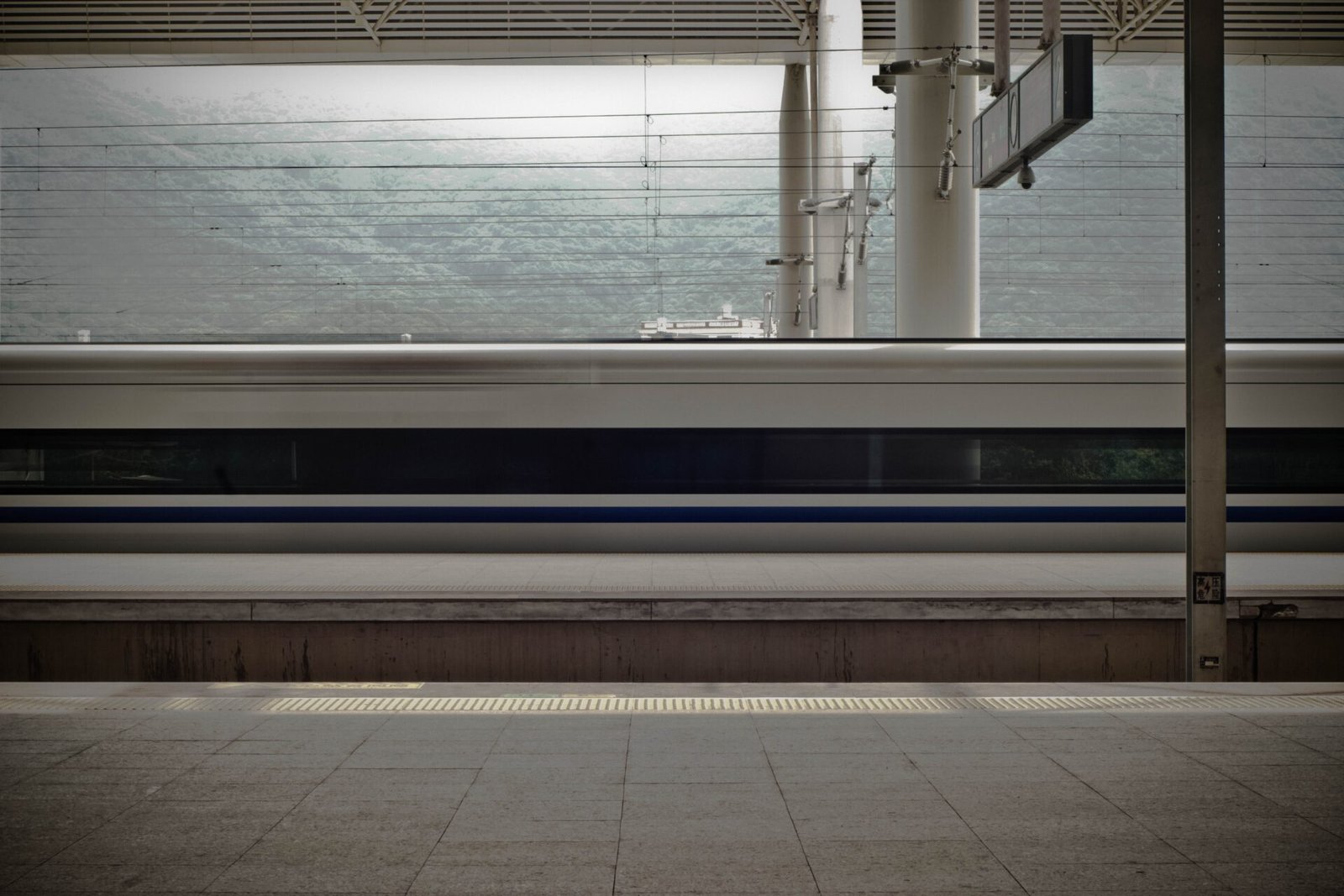China’s high-speed railway network, already the world’s most extensive, is set to expand further with the addition of new lines later this year. These new lines, such as the ones between Fuzhou and Xiamen, Guangzhou and Shantou, and Shanghai and Nanjing, will collectively cover an impressive distance, making up more than half the length of Germany’s entire high-speed railway network. A significant advancement in the construction of these railway lines is the adoption of AI-powered robots, specially designed for overhead electrified lines. These robots have the potential to revolutionize the construction process, making it faster, safer, and more efficient. In this article, we will explore the impact of AI-powered machines on the world’s largest high-speed railway network and its potential implications for other infrastructure projects in China and around the globe.
The Rise of AI-Powered Machines in High-Speed Rail Construction
In 2018, China introduced an autonomous machine capable of laying high-speed tracks at an impressive rate of 1.5 kilometers per day. Building upon this success, engineers made improvements in precision and operational capabilities, allowing automated rail construction to install up to 2 kilometers of track per day by 2021. These advancements have paved the way for the large-scale deployment of overhead electrified line construction robots, signifying a monumental milestone in the industry. Experts assert that machines can now handle the majority of labor-intensive work involved in high-speed railway construction, reshaping the landscape of rail project execution.
According to Wang Peixiong, chief engineer with the China Railway Construction Electrification Bureau Group, the success of these automated construction methods ensures their integration into future high-speed rail projects. The implications are far-reaching, not only for China’s expanding rail network but also for other countries exploring the potential of high-speed rail transportation.
Challenges of Traditional Railway Construction
Historically, railway construction has been a demanding and perilous endeavor. For instance, the construction of the transcontinental railroad in the United States required more than 10,000 Chinese workers, referred to as “coolies.” These hard laborers toiled under harsh conditions, completing the line on time in 1869. Traditional railway construction involves various tasks, such as excavation, grading, track-laying, bridge, and tunnel construction, as well as the installation of signaling and communication systems. This infrastructure-intensive process necessitates a significant amount of physical labor, specialized skills, and knowledge, which poses challenges to cost, safety, and efficiency.
The Advantages of AI-Powered Railway Construction
The integration of AI-powered robots in high-speed railway construction offers several significant advantages. Firstly, automation reduces the reliance on human labor for dangerous and laborious tasks, thereby enhancing safety and reducing workplace accidents. With machines taking over such tasks, workers can be reassigned to more sophisticated and specialized roles, improving overall efficiency.
Secondly, AI-powered machines bring enhanced precision and accuracy to the construction process. Automated robots can maintain consistent standards, minimizing errors, and ensuring uniformity across the railway network. This level of precision is critical for high-speed railways, as even minor deviations can lead to significant operational disruptions.
Thirdly, the speed of construction is dramatically increased with the use of AI-powered machines. As demonstrated in China’s recent projects, these robots can lay tracks at a rate of up to 2 kilometers per day. The accelerated construction timeline not only reduces overall project costs but also enables rapid development of transportation infrastructure.
The Future of High-Speed Rail Construction in China and Beyond
The successful implementation of AI-powered machines in China’s high-speed railway construction sets a precedent for other nations exploring similar projects. With China already leading the way in high-speed rail technology, other countries may follow suit, adopting these advanced construction techniques to enhance their own transportation systems.
Beyond high-speed rail, the impact of AI and automation on infrastructure projects in general is expected to be transformative. With the growing need for efficient, sustainable, and technologically advanced infrastructure, AI-powered machines are likely to play a vital role in various construction projects worldwide. From bridges and tunnels to roadways and airports, the integration of AI will lead to safer, faster, and more reliable infrastructure development.
Conclusion
The integration of AI-powered machines in China’s high-speed railway construction represents a significant leap forward in the world of transportation infrastructure. As these robots efficiently undertake labor-intensive tasks, the construction process becomes faster, safer, and more precise. The successful deployment of these automated methods signals a new era in rail construction, where machines take on roles traditionally performed by human laborers. China’s extensive high-speed rail network, combined with AI advancements, will serve as a model for other countries seeking to revolutionize their transportation systems. As AI technology continues to evolve, its potential applications in various infrastructure projects hold the promise of a more interconnected, efficient, and sustainable world.
Read More:
